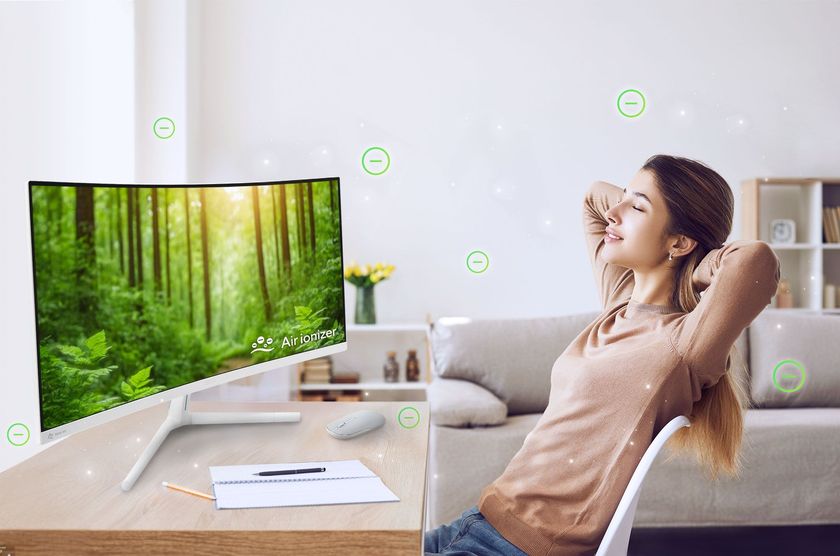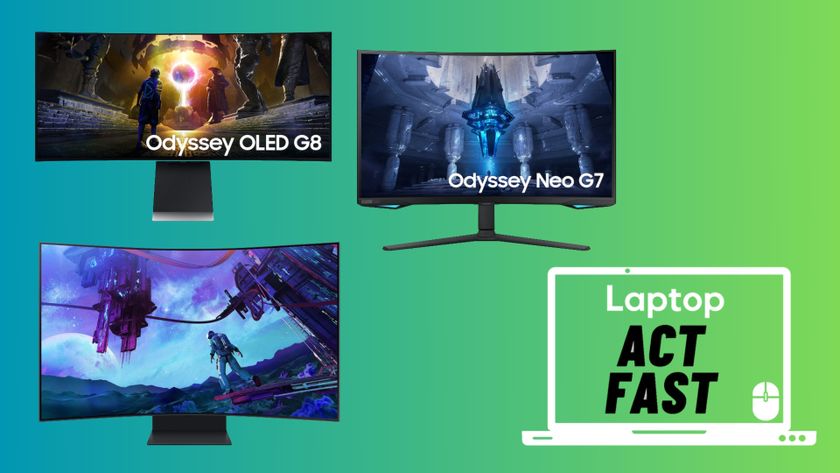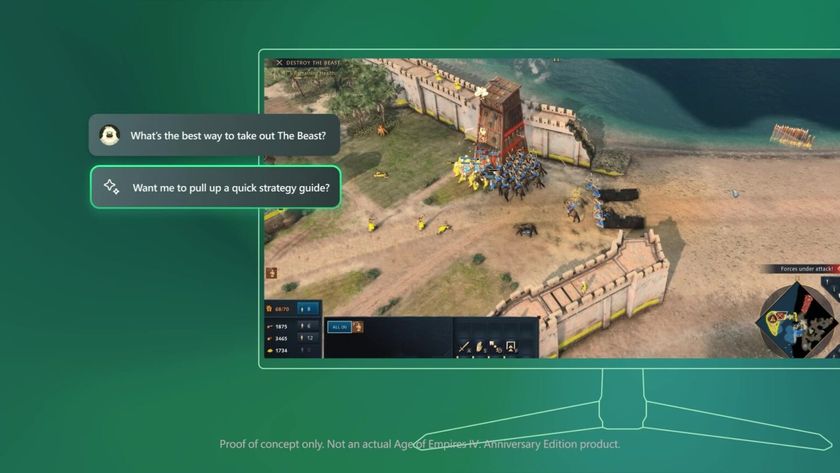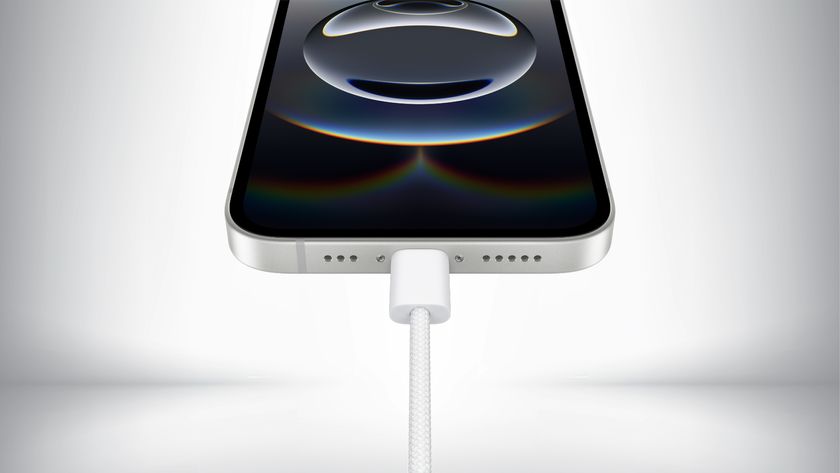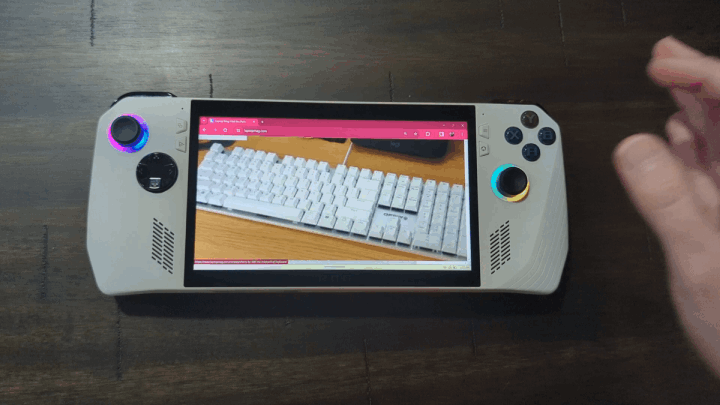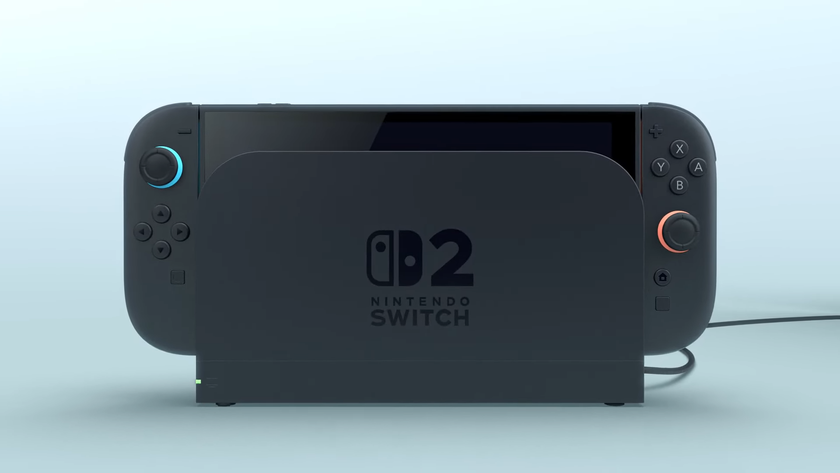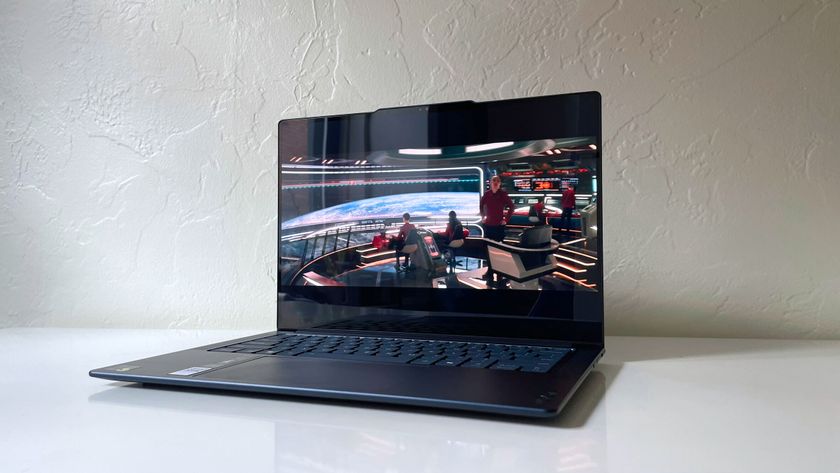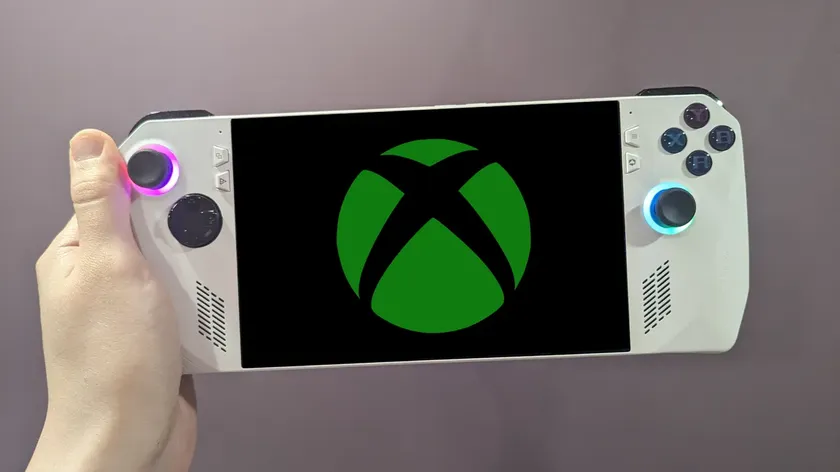AMD FreeSync: Everything you need to know
Learn the ins and out of AMD FreeSync
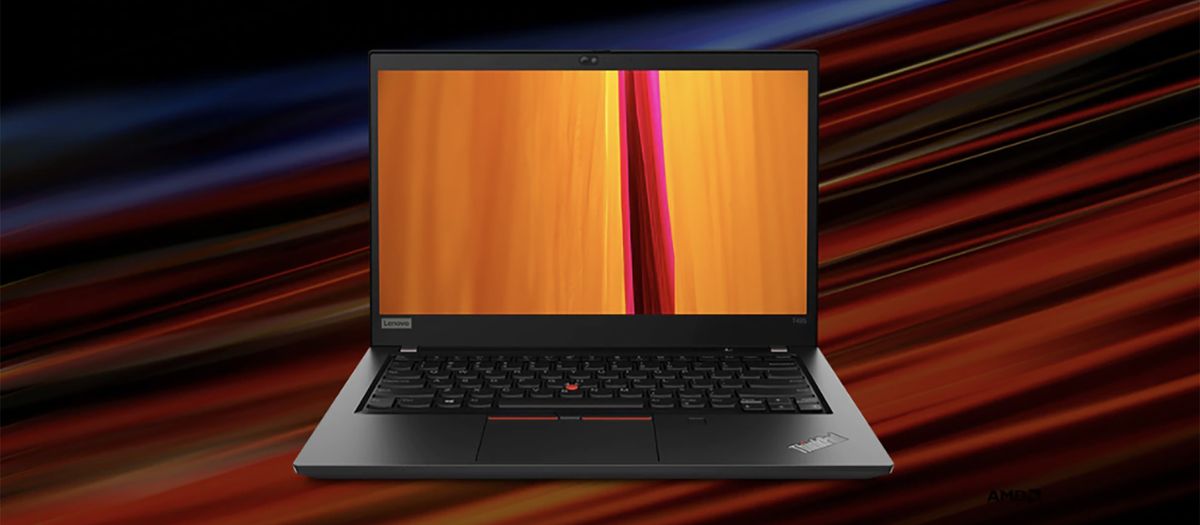
You might know AMD for its processors and graphics cards. But what about AMD FreeSync? Now that the company is returning to laptops in a big way, it’s time to get reacquainted with all the things AMD FreeSync does. You can find it in monitors, laptops and even TVs, but what is it and what does it do exactly? The following guide will walk you through the ins and outs of FreeSync and whether or not you should use it.
- See our top picks for Best AMD Ryzen laptops
- Check out our best gaming laptops
- Best Cheap Monitors
What is FreeSync?

AMD FreeSync has been around since 2015 and was the answer to Nvidia's G-Sync technology. The technology, found in laptops, monitors, TVs and game consoles, helps prevent visual artifacts like screen tearing, stuttering and input latency during gaming and video playback.
What does it do?
AMD FreeSync technology synchronizes the refresh rate of your display with your system’s graphics card using Adaptive-Sync technology. This helps prevent things like screen tearing and stuttering during gameplay or videos –– things that can mar a gaming or multimedia experience. In short, FreeSync makes sure your display and GPU play nice so that you can have the best visual experience possible.
Why do I need it?
When you’re gaming, you want to feel immersed without distractions (I know I do). You want everything to look as good as possible right? That’s where FreeSync comes in. The technology prevents jarring screen tearing that occurs when the GPU’s frame rates are out of sync with your display, which leads to misaligned frames that detracts from your gaming experience.
Using FreeSync enables your display's refresh rate to sync up with your games’ frame rate. If you’re using a 60Hz display that only does 60 frames per second and your GPU output drops, your display's refresh rate will automatically match it when FreeSync is enabled.
How do I get it?
Many laptops, game consoles, VR devices, TV’s and monitors produced today come with or are compatible with FreeSync. When you purchase them, it will say so on the packaging. In fact, you may already own compatible devices. All you need to do is simply enable the technology.
To take advantage of FreeSync’s benefits, make sure to search for devices (i.e. laptops, monitors, tv’s) that support AMD FreeSync technology or that have compatible APUs or GPUs. Compatible GPUs include all AMD Radeon graphics cards beginning with Radeon HD 7000 Series, released in 2012, and all newer Radeon consumer graphics products.
Stay in the know with Laptop Mag
Get our in-depth reviews, helpful tips, great deals, and the biggest news stories delivered to your inbox.
Other GPUs, such as the Nvidia GeForce 10-series and newer GPUs that support DisplayPort Adaptive-Sync, are also expected to work with AMD FreeSync Technology (you'll need to check with your GPU manufacturer). Compatible desktop APUs include Ryzen APUs. Also, the motherboard must have a DisplayPort or HDMI connection.
What's the difference between FreeSync, FreeSync Premium and FreeSync Premium Pro?
All AMD FreeSync technologies enable smoother video performance and gameplay. Base-level FreeSync provides tear-free experience and low latency with a base level 60Hz refresh rates. However, the the refresh rate can also extend to 75Hz. You also get HDR for those vivid, captivating colors.
The Premium tier adds to the low frame rate compensation (LFC) and at 120Hz refresh rate at FHD (1920 x 1080) resolution. LFC ensures the frame rate of a game is running below the minimum acceptable refresh rate of the display, and that the frames are displayed multiple times so you can remain in the supported refresh rate of the display and maintain stutter-free gameplay. And like FreeSync, the Premium tier also includes HDR.
The AMD FreeSync Premium Pro tier include displays that are certified for Premium Pro provide highly accurate luminance and wide color gamut, which allows for an amazing HDR gaming experience.
Does FreeSync support HDR?
Only FreeSync Premium Pro Tier supports HDR capabilities. Until recently, there was FreeSync and FreeSync 2 HDR. However, AMD recently laid FreeSync 2 HDR to rest and replaced it with FreeSync Premium Pro.
What's the difference between FreeSync and Nvidia's G-Sync?
They serve the same purpose. Both work to remove screen tearing and stutters to ensure smooth rendering during gameplay and watching video. The main difference being that AMD FreeSync is an open standard created by AMD which doesn’t require any additional hardware to be added to displays. This way, AMD avoids costly licensing fees and the added expense of proprietary hardware, expenses usually fronted by consumers.
Nvidia’s G-Sync standard is based on its own controllers and IP to create variable refresh rates using special hardware to provide better performance. AMD’s approach, with its FreeSync and Adaptive Sync standard supported by Vesa, uses an open standard that doesn’t require proprietary hardware that would be priced at a premium for consumers
Both technologies do their jobs effectively, however, within the last year Nvidia GPUs have started to support FreeSync displays.
What's the highest resolution and refresh rate FreeSync is available?
AMD says you need a refresh rate of at least 120hz at 1080p to use AMD Freesync Premium and Premium Pro. AMD Freesync Premium and Premium Pro deliver at least 120Hz refresh rates for panels that are a minimum 1080p resolution. Your milage will vary, of course, depending on your choice of display. Panelsusing AMD FreeSync can produce resolutions as high as 3840 x 2160.
What laptops have FreeSync?
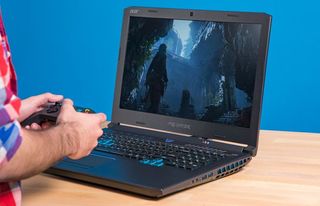
There are several brands that use FreeSync technology and panels. Most of the systems are gaming laptops, including the Lenovo Legion Y700, Acer Predator Helios 500 and the Asus ROG Strix GL702ZC. However, you can also find FreeSync in mainstream and business laptops like the Microsoft Surface Laptop 3 and the Lenovo ThinkPad T495s. For a complete list, you can check out AMD’s FreeSync laptop page.
How many monitors are FreeSync compatible?
There are now more than 1,000 monitors worldwide that support FreeSync, such as the Dell Ultrathin S2719DM and the Samsung Space Monitor (S75).
Are my game consoles compatible?
The answer to this is a resounding yes! AMD FreeSync is used on both Microsoft Xbox One consoles, and Sony’s PlayStation 4 Pro. It’s also available in VR headsets such as Microsoft's Windows Mixed Reality devices, Oculus Rift S and the HTC Vive Cosmos. AMD FreeSync Technology is everywhere, on an endless multitude of devices so that you can fully enjoy the highest video fidelity possible while gaming until your thumbs fall off.

Mark has spent 20 years headlining comedy shows around the country and made appearances on ABC, MTV, Comedy Central, Howard Stern, Food Network, and Sirius XM Radio. He has written about every topic imaginable, from dating, family, politics, social issues, and tech. He wrote his first tech articles for the now-defunct Dads On Tech 10 years ago, and his passion for combining humor and tech has grown under the tutelage of the Laptop Mag team. His penchant for tearing things down and rebuilding them did not make Mark popular at home, however, when he got his hands on the legendary Commodore 64, his passion for all things tech deepened. These days, when he is not filming, editing footage, tinkering with cameras and laptops, or on stage, he can be found at his desk snacking, writing about everything tech, new jokes, or scripts he dreams of filming.
